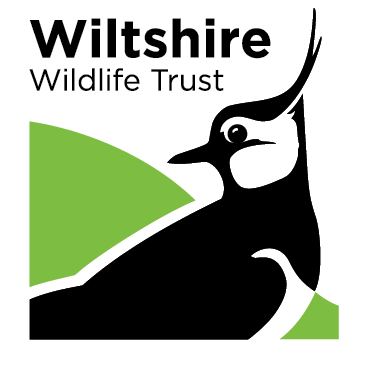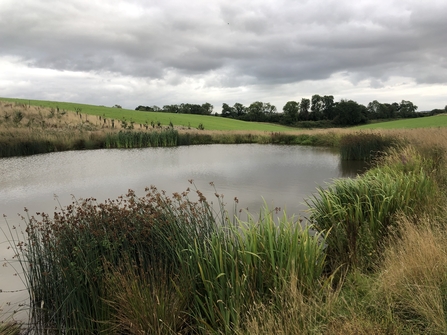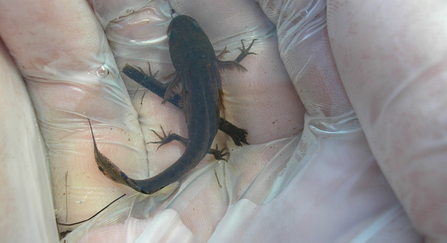The great crested newt, with its fiery orange belly and prehistoric crest, is one of the UK's most talked about amphibians. Unfortunately, like much of our wildlife, it faces significant challenges from habitat loss. As our towns and villages grow, the ponds and wild spaces these newts rely on can disappear.
Since 2020, Wiltshire Wildlife Trust has been acting as a habitat delivery body for Natural England’s District Level Licensing (DLL) scheme. In simple terms, this scheme allows developers to invest in the creation and restoration of high-quality newt habitats, mitigating the impact of their construction projects.




